West Sikkim, one of the four districts in Sikkim, is the mythical homeland of the Lepcha people. Escape to this faraway land of mountains and monasteries for a true taste of solitude. Our West Sikkim Travel Guide lists the best things to do in West Sikkim and will help you plan a complete West Sikkim itinerary.
West Sikkim is beautiful.
In this land blessed by the Mother Creator of the Lepchas, Itbu-Moo, beauty is boundless. Rows of wooded mountains give way to the snowy peaks of the Kanchenjunga range. Sleepy towns and sleepier hamlets cling to the slope. On terraces cut into the steep mountainside, farmers cultivate cardamom and maize, buckwheat and wheat. Trees bearing cherries and mandarins adorn the winding roads and on the slopes. Orchids bloom with wild abandon in the mossy woods and in the spring, magnolias and rhododendrons paint the verdant mountains in shades of cream and pink. And at night, a gazillion stars and the Milky Way light up the sky. On a full moon night, you can see the Kanchenjunga clad in silvery moonlight; it’s an unforgettable vision, the divine spectre of a silver mountain floating in the ether.
In West Sikkim, there are roaring waterfalls and gurgling streams, and glaciers sparkling in icy valleys. You can hike in the pristine mountainside, far away from civilization and ringed by mighty Himalayan peaks; watching the sunrise over the fabled Kanchenjunga has made many a hardened adult weep. The Lepchas, the main community in West Sikkim, practice Animism and Tibetan Buddhism and as such, they worship the bounteous nature around them. Rivers and lakes, flowers and trees, birds and animals all hold religious significance to the Lepchas. Take a guide with you on your hikes and they can tell you about the significance of the world around you.
There are monasteries that date back hundreds of years and legends and folklore are intertwined into the daily lives of people. Yuksom, in West Sikkim, was where the kingdom of Sikkim was founded in 1642. You can still see the ancient Coronation Throne here. The second capital of Sikkim was also in this part of the state, at Rabdentse, where you can still see the ruins of the royal palace. People are warm and welcoming; stay at a homestay and your hosts will pamper you with local delicacies and regale you with stories over fruit wines and local brews.


Permits to Visit West Sikkim
Indian nationals do not need permits unless they intend to do trekking. Permits from local authorities are required for the Dzongri, Goechala, and Singali-La treks; your trekking agent or homestay owners can organize them from Uttarey, Hillay, or Yuksom.
Foreign nationals require an inner line permit (ILP) to enter Sikkim. For details, see the Adventure Cell of Tourism & Civil Aviation Department, Govt. of Sikkim webpage.
Travelling to West Sikkim
West Sikkim is accessible via Siliguri in West Bengal. Buses and taxis regularly ferry travelers and locals to West Sikkim.
BY AIR // The nearest international airport is the Bagdogra Airport in West Bengal, which has flights from most cities in India and international flights from Bhutan. Most destinations in West Sikkim are at least a 5-hour drive from Bagdogra. You can reserve a car outside the airport. Shared taxis are usually not available from the airport unless you are travelling with a fellow tourist. Take a taxi to the Sikkim National Transportation (SNT) terminus in Siliguri; you can avail shared taxis from the SNT.
The nearest domestic airport is the Pakyong Airport in the East Sikkim district. Most destinations in West Sikkim are at least 4 hours away by road from Pakyong. However, note that flights to Pakyong are frequently cancelled or delayed due to visibility and weather conditions. Taxis to other parts of Sikkim are available from the airport.
BY RAIL // The nearest major railhead is New Jalpaiguri (NJP) in West Bengal. New Jalpaiguri is well-connected to all parts of India. Most destinations in West Sikkim are at least a 5-hour drive from NJP. You can reserve a car outside the railway station. Shared taxis are sometimes available from NJP. Take a taxi or a shuttle to the Sikkim National Transportation (SNT) terminus in Siliguri; you can avail shared taxis to most destinations in Sikkim from the SNT.
From March 26, 2021, a new passenger train will connect NJP to Dhaka (via the Haldibari-Chilahati border) in Bangladesh.
BY ROAD // You can travel by road to Siliguri from other destinations in West Bengal and from neighbouring states like Assam and Bihar. Most vehicles to Sikkim leave from the Sikkim National Transport (SNT) Terminus in Siliguri. Reserve a taxi (INR 3000-6000 depending on the destination and size of vehicle) from SNT or travel on a shared taxi (INR 150-500 depending on the destination). Shared taxis are only available for major towns like Pelling, Rinchenpong, and Geyzing. There is a daily service to Yuksom and Uttarey.
Jorethang and Pelling are West Sikkim’s largest towns. The former is the gateway to the district and is well connected by taxis to the rest of the state, including Gangtok. Almost all vehicles to towns and villages in West Sikkim have to pass through Jorethang. Shared taxis for Jorethang and Pelling are available from Siliguri.
Travelling in West Sikkim
Shared jeeps and taxis are available for local transportation. For longer distances, enquire at your homestay or at the local taxi stand for timings and tickets. For shorter distances, you can flag an oncoming vehicle; most will have a board on the windshield with the name of the destination. Most trips within West Sikkim will cost you less than INR 150 on a shared jeep.
Also read: Planning to visit Gangtok on this trip? See our 2 Days in Gangtok: Mountains, Monasteries, and Sikkimese Food for a detailed itinerary.


Top Things to Do in West Sikkim
There are lots of things to do in West Sikkim as described in this West Sikkim travel guide.
Stay at a Local Homestay
Homestays are one of the main attractions of Sikkim. Almost all towns and villages in Sikkim have homestays where you can stay with locals and learn about their culture and traditions. We stayed at homestays throughout our trip and got the opportunity to chat with the family and learn about their day-to-day life, their hardships, and the joy of living in such scenic surroundings.
Try Adventure Sports
The mountains of Sikkim are known for their adventure sports activities. From river rafting to paragliding, there are a number of adventure sports that you can take your pick from.
Trek in the Scenic Wilderness
Trekking is one of the best things to do in Sikkim. High-altitude trekking draws enthusiasts to Sikkim from around the world. Seasoned trekkers trek to the Goecha-La Pass and Singali-La Top. For beginners, there is the Rhododendron Trail that takes you into a fairytale landscape painted pink with rhododendrons in the spring. There’s no death of day-treks either. Trek to the Mainbas Falls from Yuksom, or to Rani Dhunga from Pelling/Darap, or from Rinchenpong to Pelling…there are countless trekking trails in these mountains.
Eat the Local Food and Taste the Local Brew
For the best of local Sikkimese food, stay at a homestay. Many households are entirely vegetarian, so you can taste a wealth of produce and local greens. In the evening, take a swig of chhang and enjoy the starry skies.
Learn about Organic Farming and Foraging
Fresh organic produce is one of the fabulous things about Sikkim. Almost every homestay will have a plot of land where the owners grow vegetables like peas and potatoes, carrots, and radishes. Come mealtime, they will harvest the produce and bring it straight to the kitchen! Could it be fresher? In the countryside, people often forage for herbs that are added to food or used for their medicinal properties.
Participate in Local Festivals
The religious map of West Sikkim is a patchwork of Hinduism, Buddhism, and indigenous religions like Yumaism. In the mountains, people worship bounteous nature, sparkling waterbodies, and ancient trees. Depending on when you are visiting, you can witness memorable dances at the monasteries and other festivals in West Sikkim.
Go Sightseeing
There are lots of things to see in Sikkim and local tours operators organize sightseeing tours at reasonable rates. From the skywalk in Pelling to the countless monasteries that dot the countryside, there is no dearth of sightseeing options here.


Where to Go in West Sikkim
Sikkim is dotted with scenic hamlets and majestic views of the eastern Himalayas and West Sikkim is no exception. Our West Sikkim travel guide gives you a glimpse into the many places that you can visit in West Sikkim; some of these are well-worn tourist destinations, and others are truly off the beaten path. In this list, you can also find a list of West Sikkim homestays along with the best places to visit in West Sikkim.
Rinchenpong
At the heart of West Sikkim’s orchid belt is Rinchenpong. There are several things to do in Rinchenpong. Commanding breathtaking views of the Kanchenjunga range, Rinchenpong, and its twin, Kaluk, are loved as much for their location as they are for their orchards and birds. Both the villages are slowly gaining popularity on the tourist circuit because of their location on the ridge but they are far from splitting at the seams with tourists; you can enjoy quiet walks and solitary rambles in the woods and roads of Rinchenpong and Kaluk.
Where to stay in Rinchenpong
A kilometre downhill from the Rinchenpong market is the little village of Yangsum where Dawa Sherpa runs his magical homestay, Mayal Paradise. From the lawn, which is hemmed with kiwi and orange trees and poinsettias, orchids, roses, and a medley of other plants, you can see the Kanchenjunga. The tariff is INR 1000 per night, per person and includes three meals. Rooms are basic but the hospitality, including the food, is memorable. For a luxurious experience, there is the Yangsum Heritage Farm next door. Located on acres of private forest, the estate has traditional Sikkimese-style huts. The tariff starts at INR 5000 per night.
Okhrey
A small village on the lip of the Barsey Rhododendron Sanctuary, Okhrey is primarily a trekking town that erupts in a blaze of red and white rhododendrons in spring. The Barsey Rhododendron Trek, both the day trek and the longer, multi-day trek that takes you all the way through Uttarey, start at Hillay, a short drive from Okhrey as described in our Okhrey travel guide. Away from the hustle and bustle of cities, Okhrey promises clear views of the surrounding mountainside, skies glittering with stars, and oodles of rhododendron wine.
Where to stay in Okhrey
Sherpa Lodge is a no-frills place charging INR 1000 per person per night and includes three meals. The similarly priced Royal Barsey homestay, with its pretty garden and lovely views, is another good homestay in Okhrey.


Hee-Bermiok, Martam, & Chayatal
Located within a 10 km radius, the three villages of Hee-Bermiok, Chayataal, and Martam are merely clutches of houses in black cardamom county. These villages are populated by the Subba community. On terraces cut into the slopes, farmers grow black cardamom, corn, ginger, and vegetables. Major attractions here are a Shiva Temple, a holy cave called Sirijunga Phuku, Chaya Taal and a statue of Mahatma Sirijunga Teyongshi.
Where to stay in Hee-Bermiok
Located on a hilltop in Hee-Bermiok is the Dhungay Estate, a family farm where two generations of the Chhetri family live. Expect clean rooms, local food, and friendly hospitality. Other options are the Martam homestay run by two brothers, Yogesh and Yowan, and the Chaya taal heritage homestay.
Uttarey
Another trekking town, Uttarey is located in Sikkim’s far west and is the starting point for the Phoktey Dara trek and the Singali-La trek. If you are not into longer treks, follow our Uttarey travel guide and opt for day hikes to Mainebas Falls or the Limboo villages of Bandukey and Ferek.
Where to stay in Uttarey
Your best options in Uttarey are Sherpa homestay, where we stayed, and Monal homestay. Sherpa ji organises local treks and is a treasure trove of information about the surroundings and can help you with logistics for any place in West Sikkim.


Dentam
Known for the Alpine Cheese Factory, an Indo-Swiss collaboration specialising in Gouda cheese and the popular Alpine cheese spread, Dentam is a scenic village set amidst forests of rhododendron and mixed vegetation. The village offers lovely views of the Kanchenjunga and is an ideal spot for birding enthusiasts.
Where to stay in Dentam
The Lali guras homestay is recommended by travellers.
Darap
Idyllic Darap is perhaps one of Sikkim’s prettiest villages. Not more than a cluster of painted houses huddling on terraced slopes where corn, potatoes, cardamom, and mustard grow, Darap was planted on the travel map by Shiva Gurung’s Daragaon homestay. Though only a few kilometres from bustling Pelling, Darap is sleepy. There are not many things to do in Darap except go on rambling walks, relish the organic food, and share stories over tongba by a bonfire in the evening.
Where to stay in Darap
We have stayed twice at Shiva Gurung’s Daragaon Village Retreat and we can’t recommend it enough. Radha, our hostess, cooks the most amazing Sikkimese food; expect fries and curries cooked with produce from the garden, an exciting range of chutneys made with locally forages herbs, buckwheat and millet pancakes, and more. The Sukhim Limboo homestay next door is another good place to lodge while in Darap.


Pelling
No West Sikkim travel guide is complete without Pelling. Pelling, with its grand views of Kanchenjunga, buzzes with tourists year round. Like most other places in West Sikkim, it is known for its monasteries, Pemayangtse and Sanga Choeling being the most popular ones. The Rabdentse ruins, the ruins of Sikkim’s second capital, is nearby. The Pelling skywalk with its 137 ft tall statue of Chenrezig (Avalokitesvara) is another of Pelling’s major attractions.
Where to stay in Pelling
Hotels and lodges have sprung up like mushrooms in monsoon in upper and lower Pelling and you will be spoilt for choice. Look for a place that offers views of the Kanchenjunga. For a luxurious experience, book a stay at the Elgin Mount Pandim.
Yuksom
Sikkim’s first capital, Yuksom, is hidden away in the mountains of West Sikkim. Today, it is known as a trekking town where trekking enthusiasts congregate before beginning on their ascent of the Dzongri top and Goecha-La. Read our Yuksom travel guide for things to do in Yuksom and to see photographs of Yuksom.
Where to stay in Yuksom
Limboo homestay and Norgay’s homestay have good reviews from travellers. The Khecheopalri Sanctuary homestay near the holy Khecheopalri Lake is also well recommended by travellers.
Tashiding
Located on a hilltop overlooking the Rathong and Rangeet rivers, Tashiding is known for the holy Tashiding Monastery. According to legends, when guru Padmasambhava wanted to find a place to meditate in solitude, he shot an arrow into the sky and it landed on a site known today as the Tashiding Monastery. The 17th-century monastery belongs to the Nyingmapa order.
Where to stay in Tashiding
Sanu’s homestay is your best bet here.


When to Visit West Sikkim
West Sikkim is lovely year-round! You can plan your trip around your interests or festivals. In this West Sikkim travel guide, you can find out the best times to visit West Sikkim.
Autumn / Winter
Perhaps the best season to visit if you are keen on clear views of the Kanchenjunga is the winter. The skies are the sunniest in the autumn and winter, from October to early-March. This is also the season for fruits and you gorge on cherries and kiwis and oranges. The upper reaches can be bone-chillingly cold, so pack enough warm clothing especially if you are visiting between December and February.
Festivals
- Losar: Losar, the Tibetan New Year, is celebrated in February.
- Bumchu: The Bumchu festival held at the Tashiding Monastery is January draws scores of devotees from across the state and beyond.
- Namsoong: The seven days long Namsoong is celebrated by the Lepchas in December/January.
- Maghey Sankranti: This festival is celebrated by Hindus around the country in January. Fairs are organized along the river banks and confluence of the rivers.
- Dasain: Nepali Hindus celebrate Dasain during Dusherra.
Spring / Summer
This is the season of magnolias and rhododendrons. The woods are a riot of bright red and pink from late-March to the end of May. Though sometimes a little drizzly, this is the best season for trekking in the Barsey Rhododendron Sanctuary. Spring is also the season for wild ferns and foraging, so expect to taste exotic ingredients like ningro and sisnu at your homestay. Around late April, days become hotter. Bright and sunny, summers in Sikkim are your escape from the sweltering heat of the plains. Come to laze in the honeyed heat amongst the wildflowers. The festival of Saga Dawa is celebrated at the end of May or early June.
Festivals
- Sakewa: Celebrated by the Kirat Khambu Rai community, this nine-day festival culminates with sowing seeds in the fields.
- Kagyed Dance: This is celebrated in the month of December. The dance symbolises the victory of good over evil.

Monsoon
The misty mountains and the constant deluge adds a new dimension to the thickly wooded mountains. This is the low season and you can score a deal at many of the homestays. However, be warned that landslides are common in this part of the state. Often, entire roads are washed away and repairs can take a while. Most taxis will operate only within a set radius during the monsoon. At the end of the monsoon, around mid-September, nakima flowers grow. The greenish-purple flowers, often cooked with meat or with other vegetables, nakima is a local delicacy.
Festivals
- Phang Lhabsol: Celebrated at the end of August, Phang Lhabsol marks the treaty of blood brotherhood that was signed between the Lepchas and Bhutias by Khye Bumsa and Tetong Tek. Mount Kanchenjunga is worshipped during the festival. Monks perform the Pang-Toed dance and spectacular Warrior Dance.


What to Eat in West Sikkim
Agriculture is organic here. And chances are, if you are eating at your homestay, the produce is either from your host’s farm or vegetable patch or from their neighbour’s. Things are incredibly fresh here! Vegetarianism is increasingly becoming popular in Sikkim; in Darap, our host mentioned that most members of the Limboo community have embraced vegetarianism. Here’s a list of the things we ate and drank or heard about in West Sikkim. Preparations vary from community to community; there isn’t enough literature on the gastronomy of this region.
Most of our knowledge of Sikkimese food is limited to momos and thukpa, perhaps the occasional tingmo or phaley but Sikkimese cuisine is a vast treasure trove of local ingredients and techniques passed from generation to generation. Rice is the local staple and locals eat rice for breakfast and dinner. It is accompanied by dal, usually the indigenous paheli dal that is cooked with ginger and turmeric, sauteed leafy greens (in winter, when we were visiting, we ate a lot of rai saag), curried vegetables (iskus is very popular), and meat. Sikkimese style aloo dum is tempered with nigella seeds. Topped with Wai Wai, a local pre-packages noodle, and lots of chilli pepper, it makes for a popular snack. Potatoes, peas, cabbages, tomatoes, spring onions, carrots, and radishes are common vegetables in the mountains of West Sikkim. Most locals favour the tongue-searing dalle khursani chillies to add heat to their food. Spices, except ginger and turmeric, are sparsely used; though Sikkim is the largest producer of black cardamom, it is hardly used in daily cooking. It is only used in certain meat curries and in making sel roti, a leavened ring-shaped bread made during festivals.
Foraging is common in Sikkim. Come spring, locals forage for ningro, a type of fiddle-head fern, and sisnu, the stinging nettle. The nakima, a flower of the lily family, blooms in September; it is cooked with meat or with other vegetables. Wild herbs like chimping are used to flavour food. Sikkimese forage for berries which they make into preserves and pickles. Pickling and fermentation are common methods to preserve food, especially in winter when not many vegetables grow. Radish and radish leaves are dried and fermented, then used to make sinki soup. Fermented spinach soup, or grundruk ko jhol, is relished all around Sikkim. String beans and certain types of orchids are pickled too. Pickles made from philligey and silam seeds, and pickled lopsi are common condiments. Chhurpi, a local cheese, is widely used in Sikkimese cuisine.
The choice of meat depends on religious restrictions but most communities here eat pork. On the trek to Mainebas Falls in Uttarey, our 19-year-old guide told us about a pork sausage called “kurdjeong” that is made on special occasions. Blood sausages, called ghyuma, are considered a delicacy in this region. Grilled meat, or choila, is widely enjoyed. A powder made from the burnt feathers of a chicken is used in a Rai community dish called wachipa.
Tongba, a drink made from fermented millets is a common beverage in West Sikkim. Other libations include teen paani and fruit wines like guava wine and peach wine. The pale pink rhododendron wine is much loved by visitors.
Also read: Gangtok, the state capital, has some amazing restaurants! Check out our 10 Best Places to Eat in Gangtok.


West Sikkim Travel Guide: Trekking in West Sikkim
A good West Sikkim travel guide will give you a glimpse of the region’s many mountain trails that await your footsteps. The mountains of West Sikkim draw trekkers from around the world. Unlike the trekking trails of Himachal Pradesh and Uttaranchal, the trails of West Sikkim, most of which start at Uttarey, Hilley, and Yuksom, do not see many trekkers. A lot of the region remains unexplored and most trekkers come for a glimpse of the majestic Kanchenjunga range.
Barsey Rhododendron Trek
Perhaps the most well-known of all trails in the region, this trail erupts in a medley of pink and white rhododendrons in spring. Besides rhododendrons, the sanctuary is also home to creamy white magnolias and a variety of wildflowers. You can spot numerous Himalayan birds here. You can choose between a day trek, from Hillay to Barsay and back, or do a multi-day trek from Hillay to Uttarey.
Rani Dhunga Trek
A day trek from Pelling or Darap, this steep trail takes you up the mossy jungles to the top of a massive outcrop called Rani Dhunga. According to legend, Sita (the wife of Rama from the great Indian epic, Ramayana) once stepped on the rock. It is said that her footprints can be still seen here. The mixed jungles, only 6 km from Pelling, are home to wild animals like musk deer, Himalayan tahr, wild boar, Himalayan black bear, and Himalayan blue sheep.
Phoktey Dara and Singali-La Top Trek
The USP of this trail is the unprecedented views of the Kanchenjunga range and also of Everest from Phoktey Dara and Singali-La top. Starting at Uttarey, the trail, partly marked, runs through dense jungles and parts of the Barsey Rhododendron Sanctuary.
Goecha La and Dzongri Top Trek
Probably the crown jewel of trekking trails in the region, the Goecha La trek is a high-altitude trek that offers stunning views of Mt. Pandim, Kanchenjunga, Rathong glacier, and Samiti Lake. Read Tanmay Bain’s account of completing the Goecha La trek to find out more about this trail.
Monastery Trail Trek
The monastery trail covers four of Sikkim’s oldest and most revered monasteries, namely Dubdi, Sinon, Hongri, and Tashiding. Start at Yuksom at daybreak and reach the Tashiding monastery, 19 km away, in the evening, or plan it over multiple days with stops at local homestays.
Also read: Fancy adding a detour to Darjeeling on the way back? See our 3 Days in Darjeeling: Nature Walks & Nostalgia for an itinerary.


14 Days in West Sikkim: Roadtrip Itinerary
What can beat a roadtrip through the gorgeous landscape of Sikkim? Our 14-day West Sikkim roadtrip itinerary includes the best places to visit in West Sikkim. This route is open year-round; come in spring to see the vibrant blooms, in autumn for the fruits, or in winter for clear views.
| DAY | DESTINATION | TO-DO |
|---|---|---|
| Day 1 | Arrive at Okhrey | |
| Day 2 | Barsey Rhododendron Sanctuary | If you are visiting during the rhododendron season, go on a day trek in the Barsey Rhododendron Sanctuary to see the beautiful rhododendron blooms. The sanctuary is a haven for bird watchers, so you can go for a hike in all seasons. Else, hang around in the peaceful village, try some rhododendron wine, or hike to Rimbick. |
| Day 3 | Rinchenpong | Start early and reach your homestay in Rinchenpong by noon for lunch. On the way, stop at the Rinchenpong Monastery and hike to Resum Gompa, Rinchen Choling Monastery, Azing’s Model Farm, and Bikh-Pokhari. |
| Day 4 | Rinchenpong | Go for a village walk after breakfast. From Shanti Van, you can get a stunning view of the Rangeet and a panoramic view of the surrounding mountain ranges. Spend the rest of the day relaxing at your homestay. |
| Day 5 | Hee-Bermiok | After a leisurely lunch, start for Hee-Bermiok. On the way, visit Hee Water Garden, Chaya taal, and the Limboo temple. |
| Day 6 | Hee-Bermiok | Hike to the Neybhit Sivalaya Mandir in the morning, then visit the Alpine Cheese Factory in Dentam. |
| Day 7 | Uttarey | Travel to Uttarey via Singshore Bridge today. Hike to Kagyu Gompa and Yuma Temple. |
| Day 8 | Pelling | After breakfast, hike to Mainebas Falls. Later, travel to Pelling. Stop by the Changey falls en route. |
| Day 9 | Pelling | Go sightseeing in Pelling today: Sanga Choeling Monastery, Pemayangtse Monastery, Rabdentse ruins, Buddha park, and Pelling skywalk are popular attractions for tourists. |
| Day 10 | Darap | Head to Darap today. Go on a village walk to learn about organic farming in Sikkim, indigenous crops and farming practices, and the local lifestyle. Alternatively, go on a day trek to Rani Dhunga. |
| Day 11 | Yuksom | Start early for Yuksom. On the way, take the detour to Khecheopalri Lake, and visit the orange gardens at Rimbi. At Yuksom, visit Kathok Lake. |
| Day 12 | Monastic Trek | Start at daybreak and trek to three monasteries today— Dubdi, Sinon, and Hongri—en route to Tashiding. |
| Day 13 | Tashiding | Visit the revered Tashiding Monastery and spend the rest of your day relaxing or exploring Tashiding. |
| Day 14 | Departure |
Like it? Pin it!


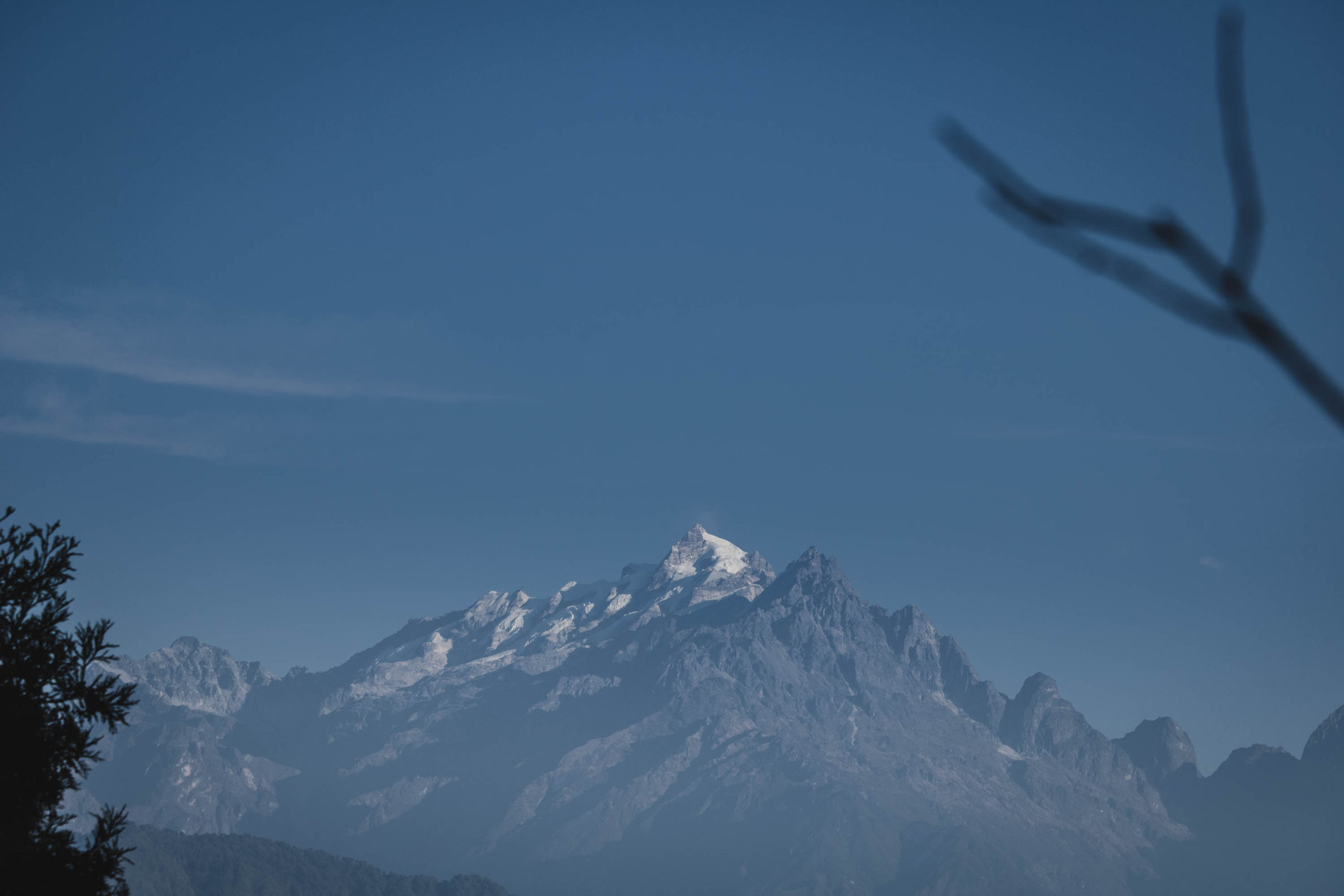
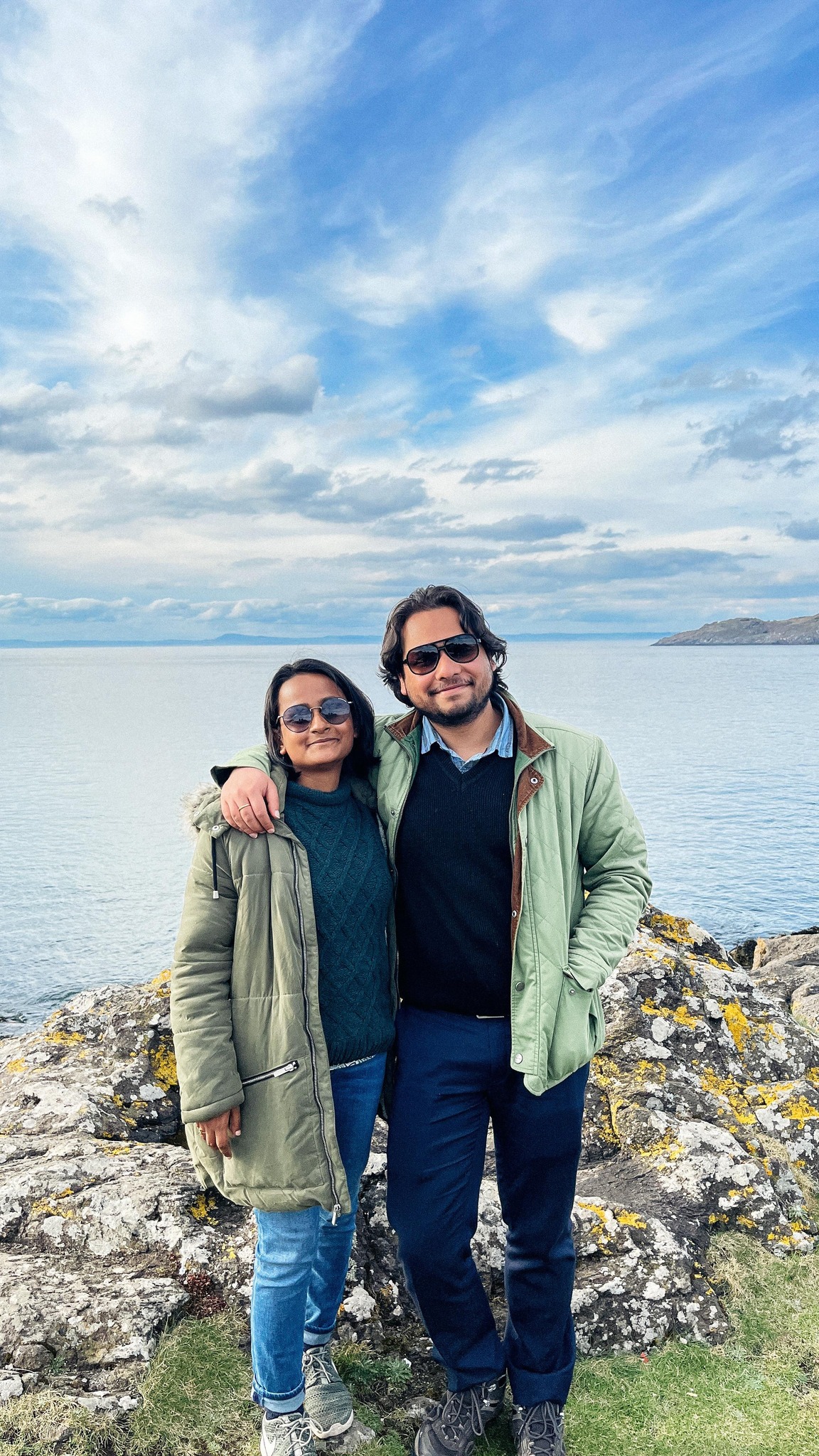
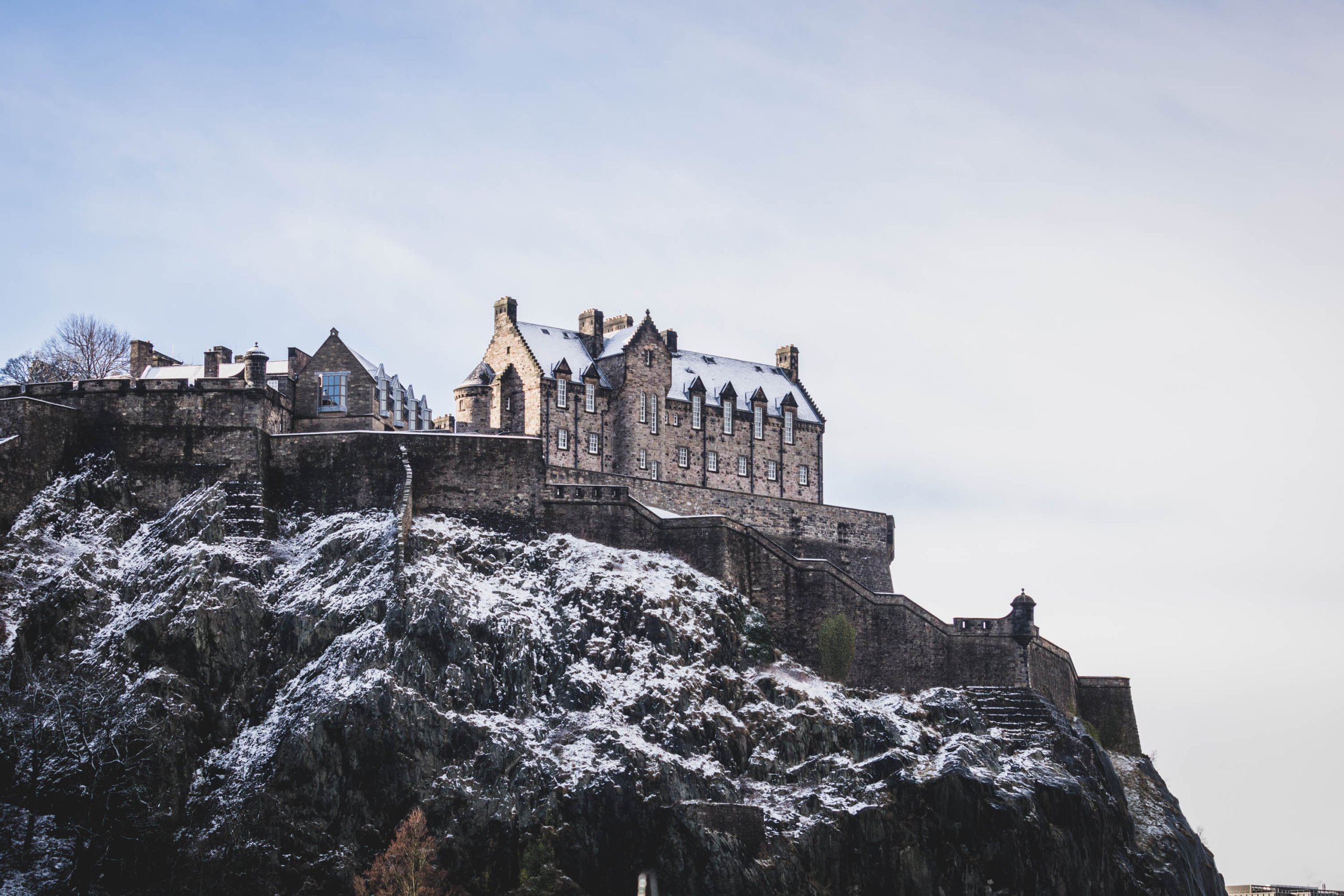
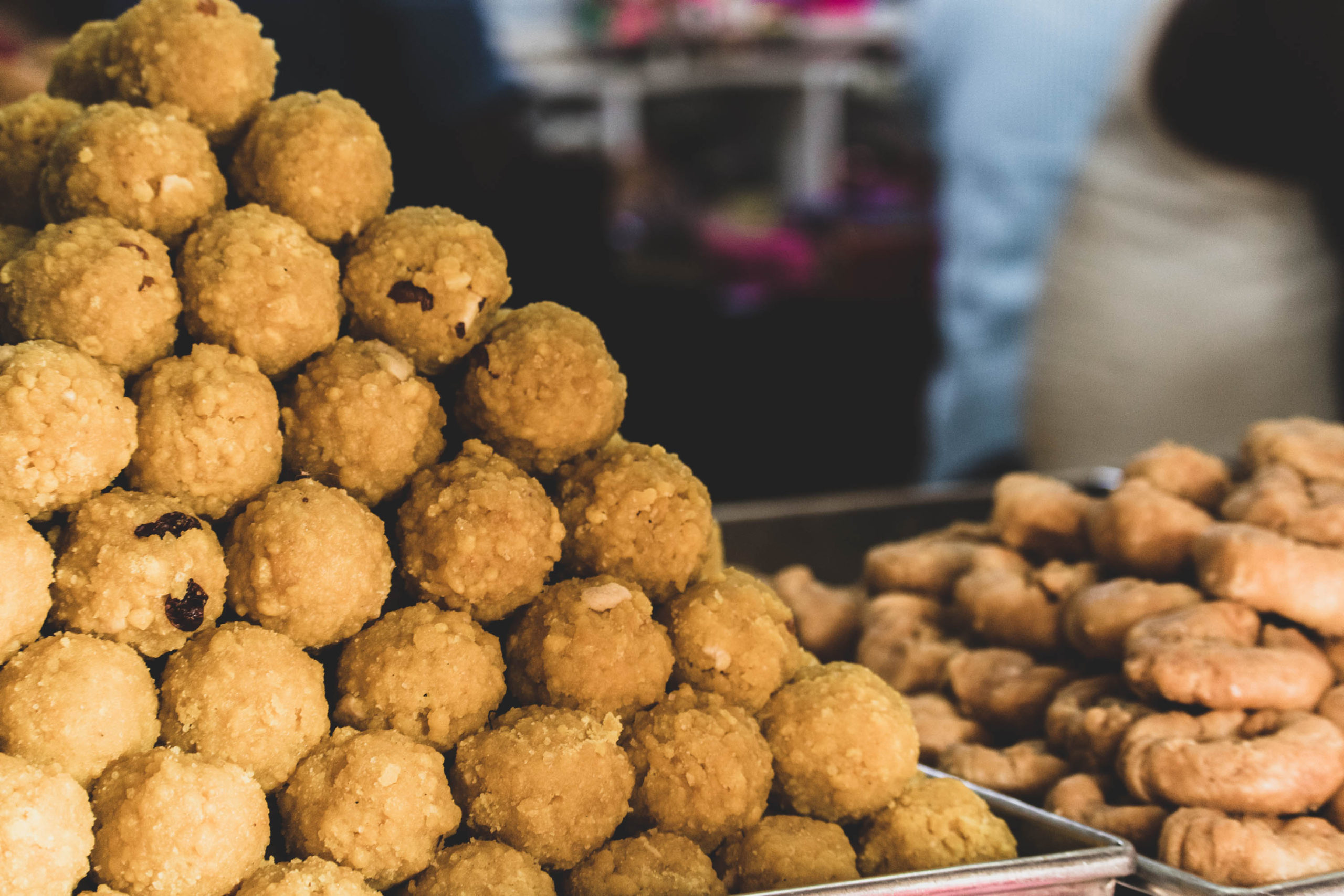
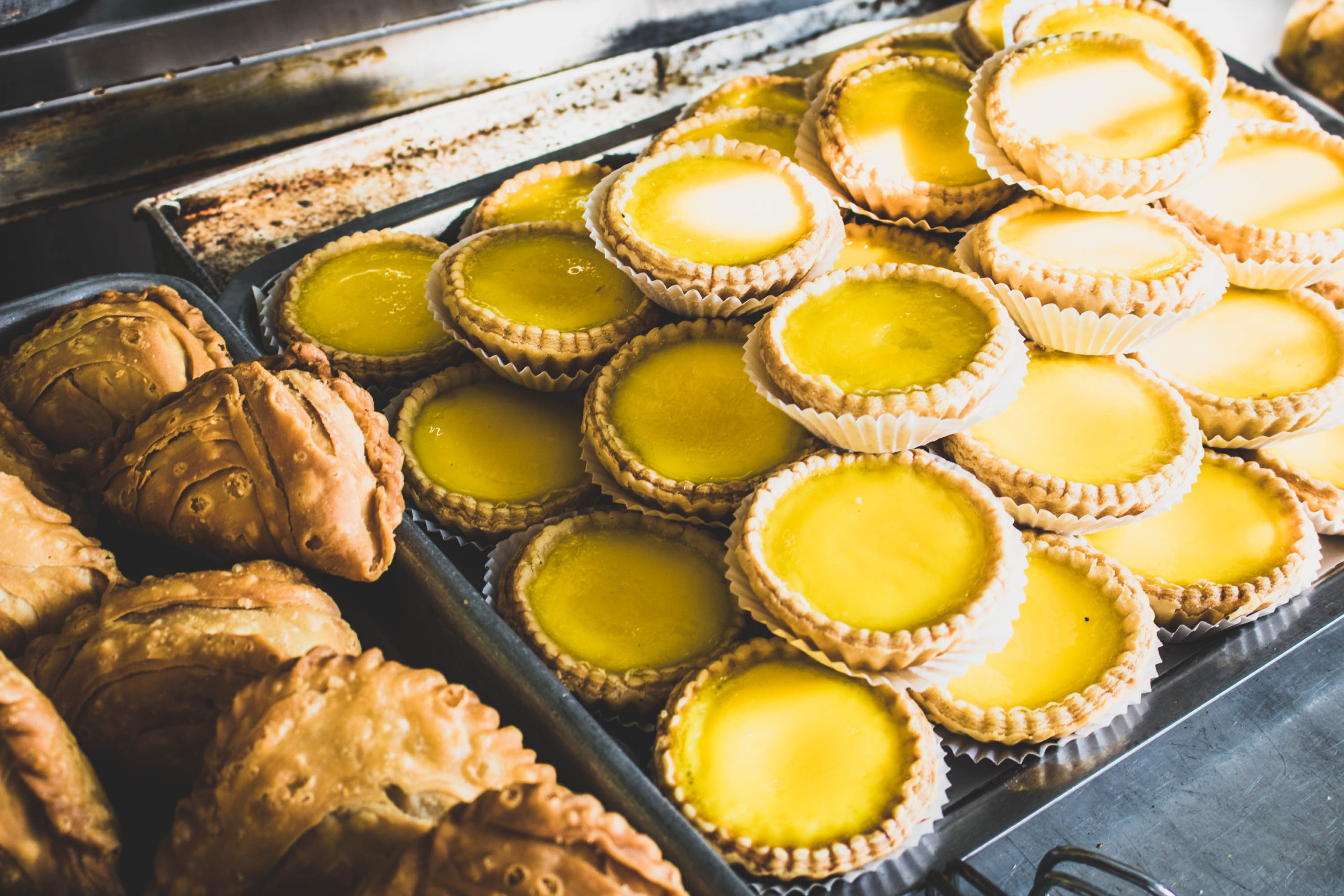
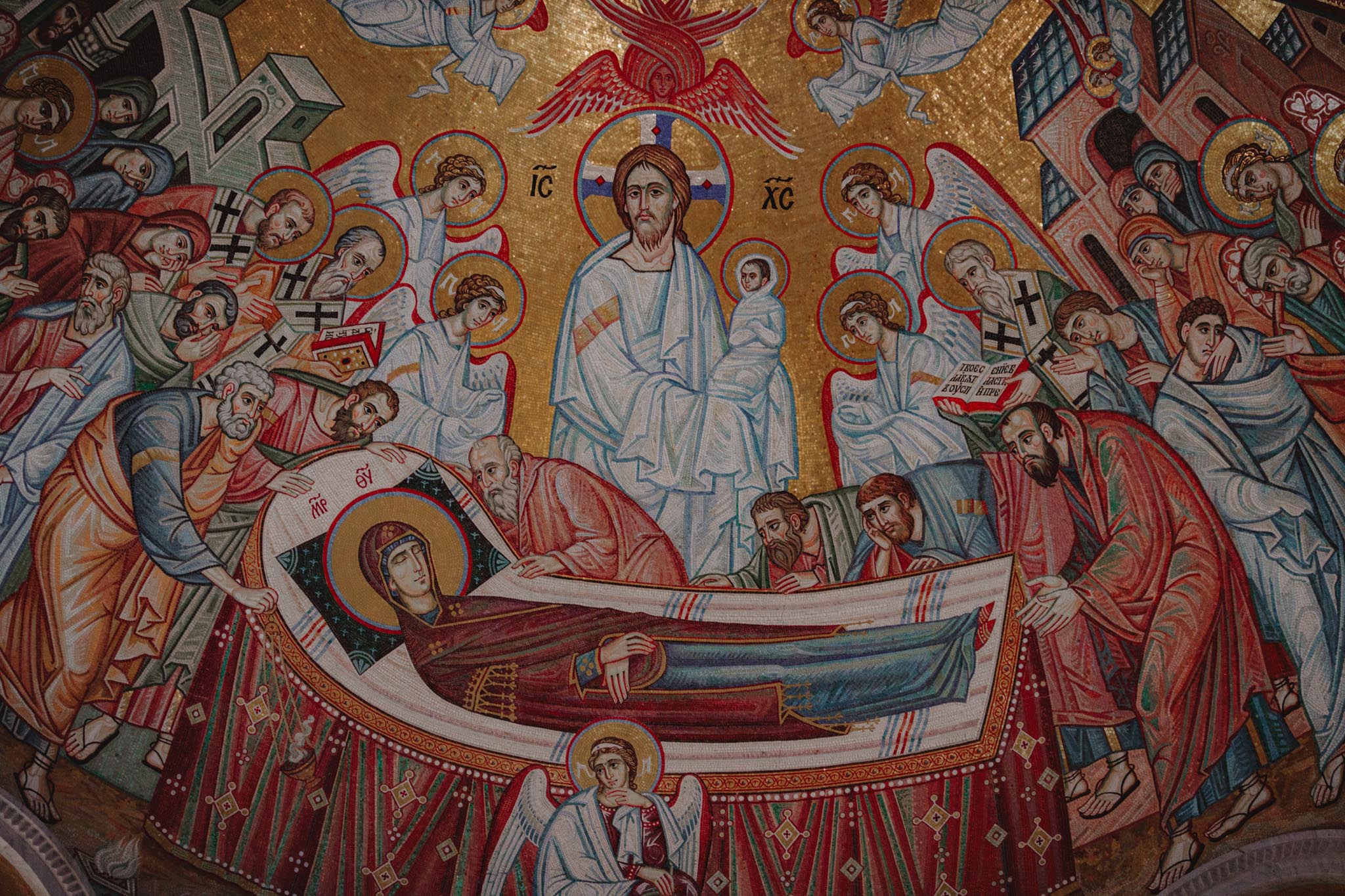
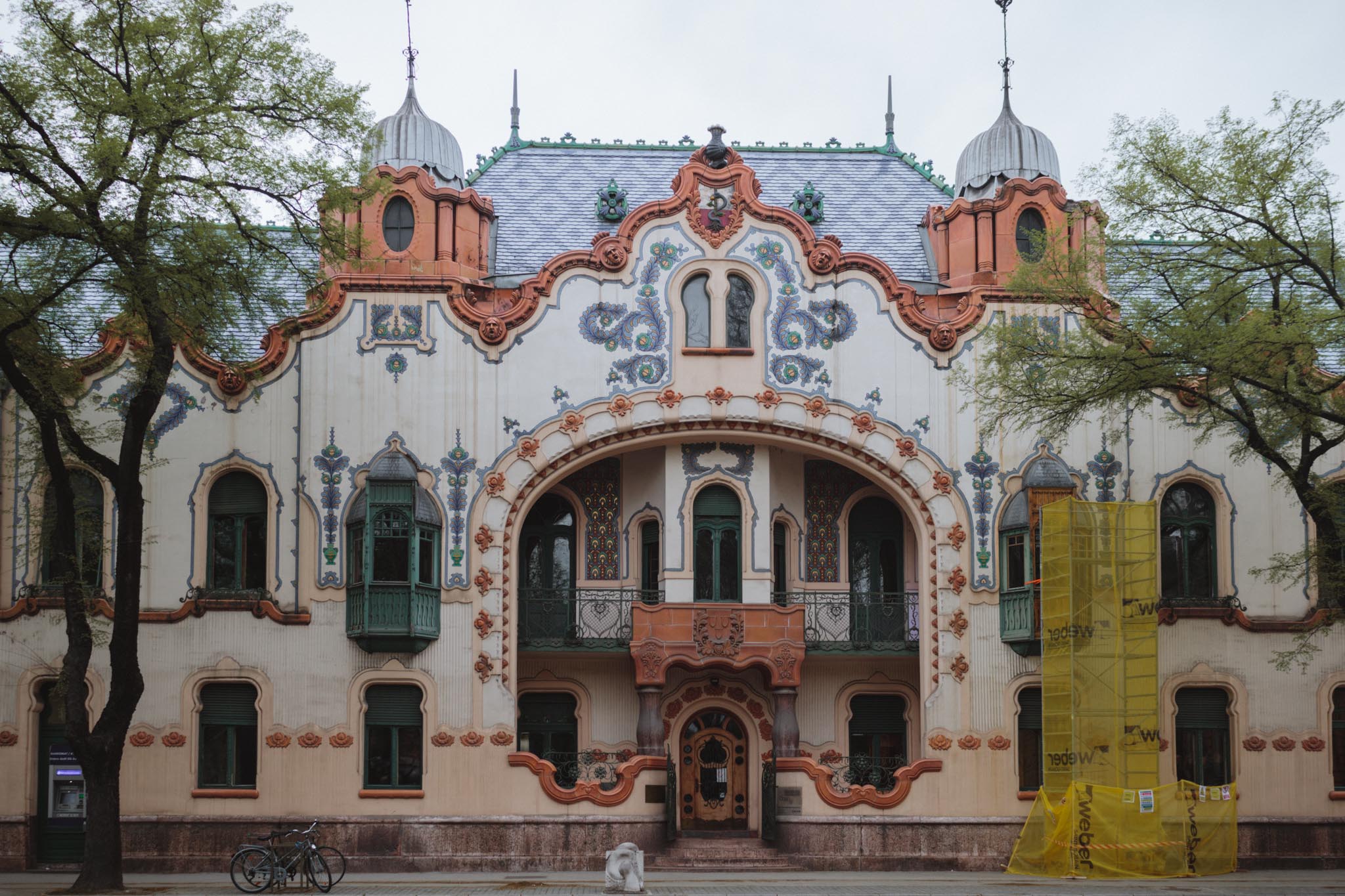

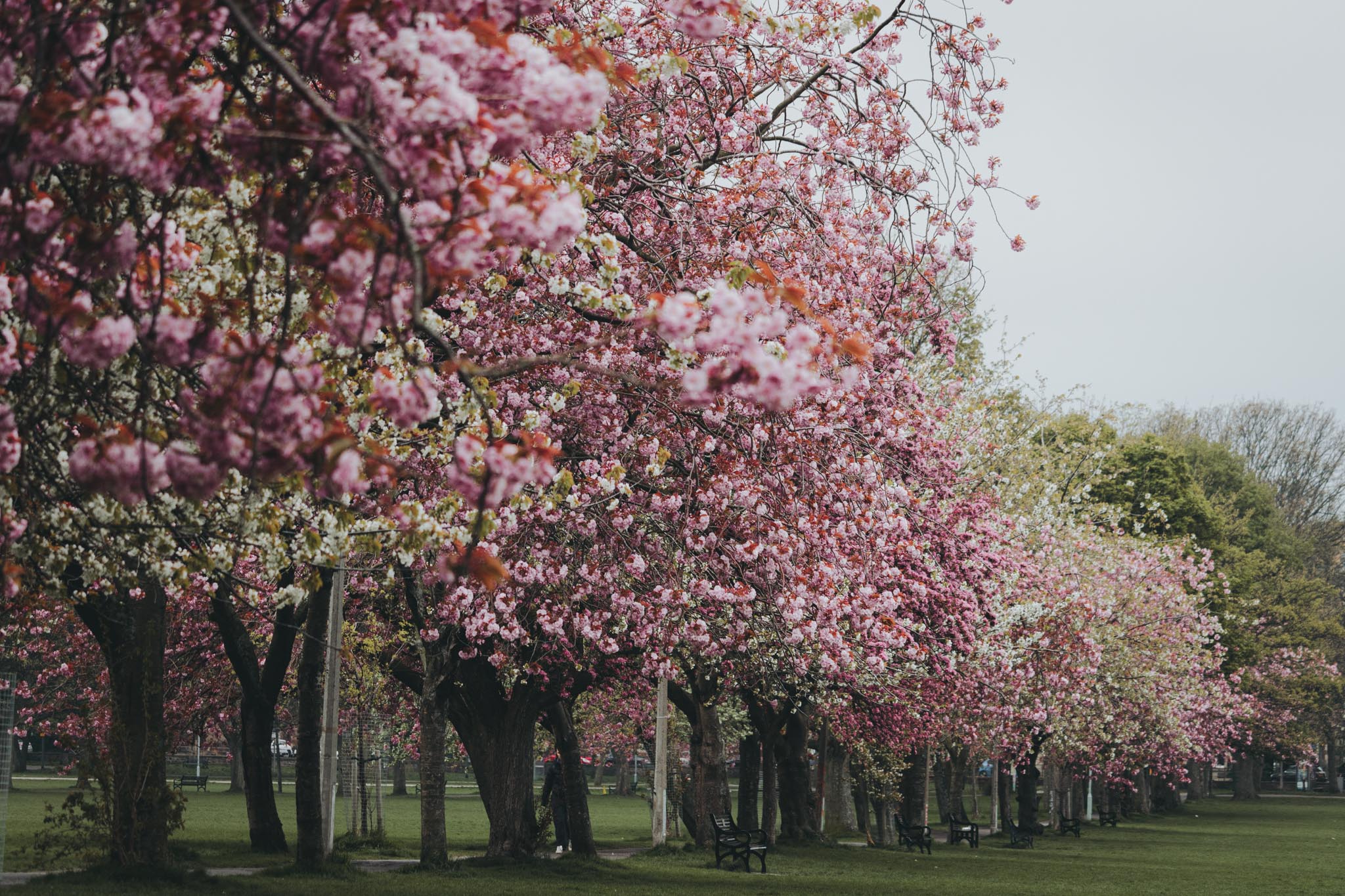
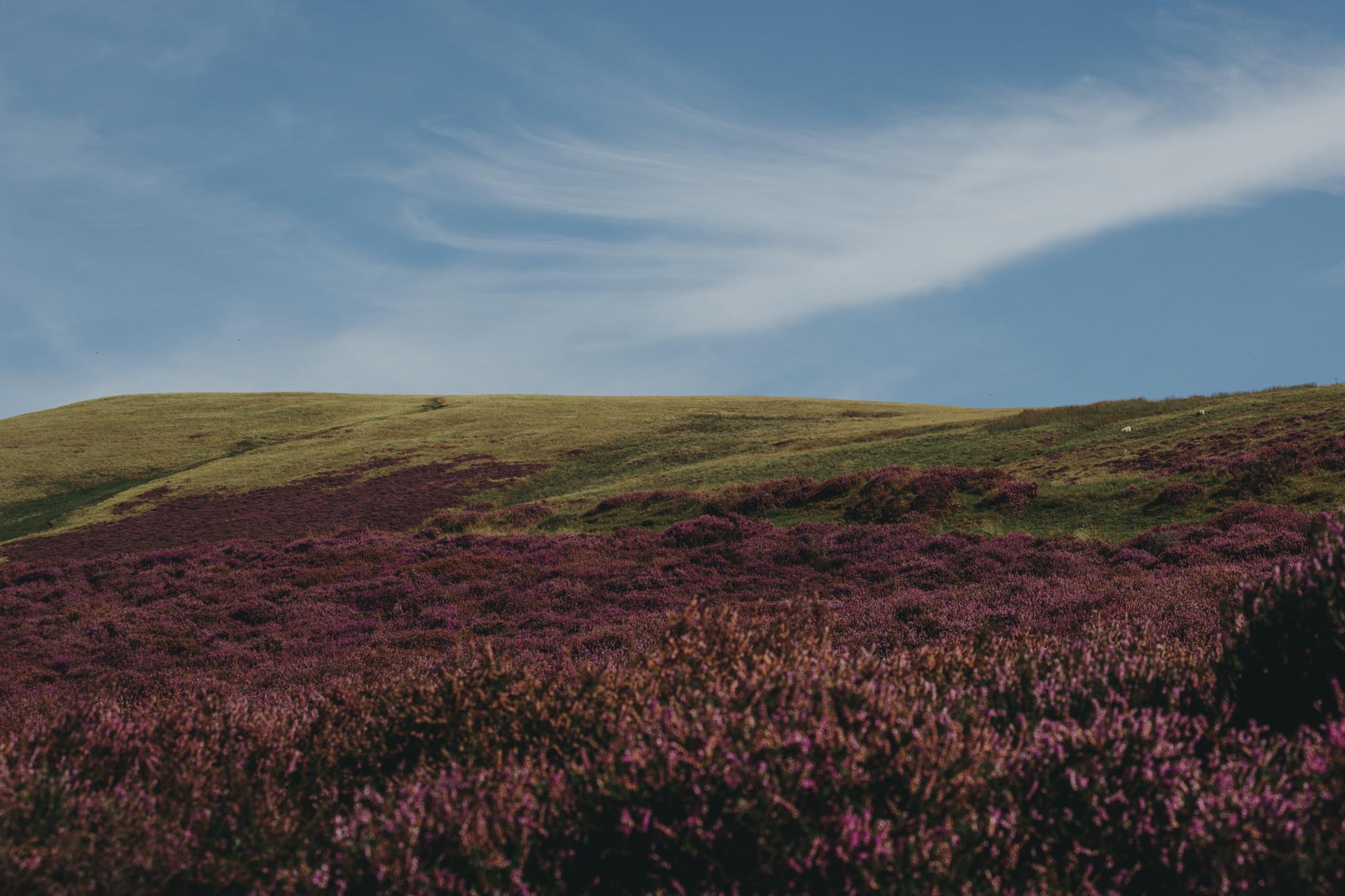
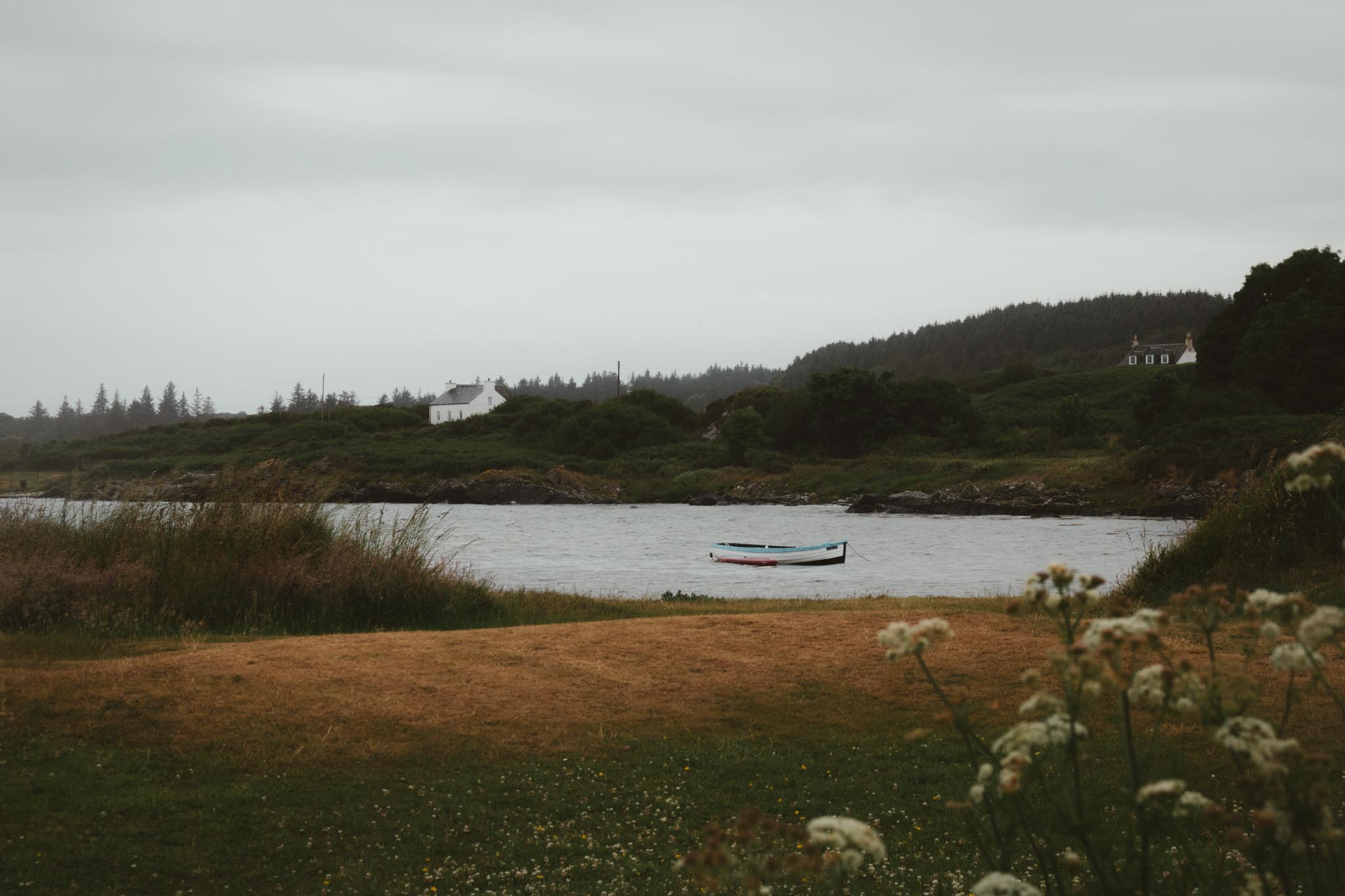
Leave a Reply